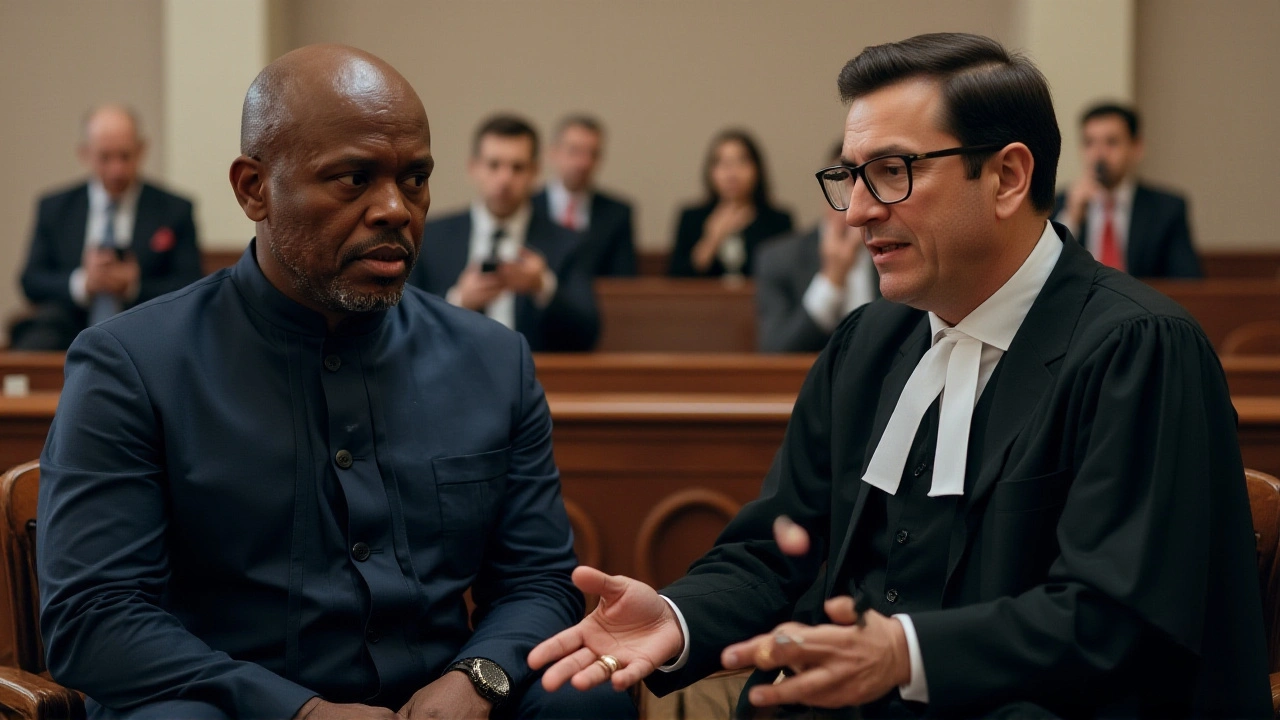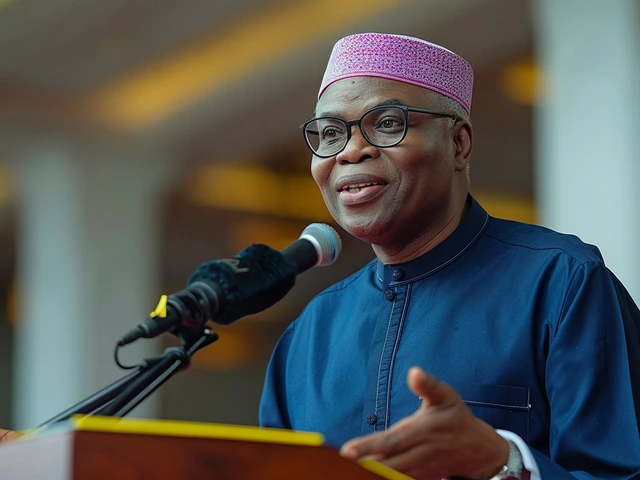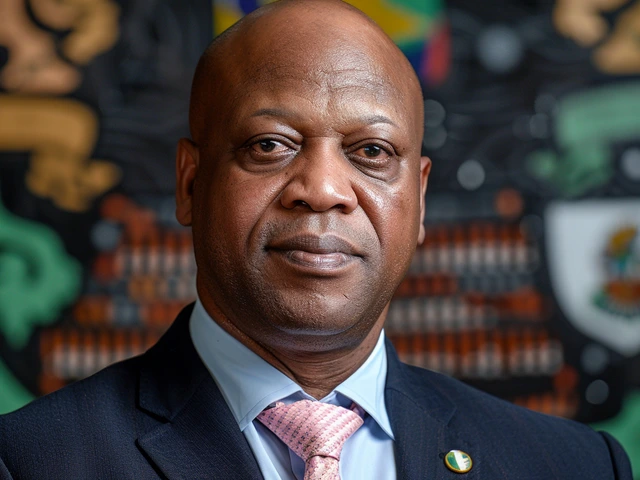Suspension: Understanding Its Forms and Impact
When talking about suspension, a temporary halt or restriction placed on an activity, right, or service. Also known as temporary ban, it can appear in sports, courts, vehicle systems, or government offices. How a suspension works, who decides it, and what follows are questions many readers face.
One common flavor is sports suspension, the period a player or team is barred from competition for rule breaches. Think of a footballer missing matches after a red card or a coach being sidelined for illegal payments. Another key angle is legal suspension, a court‑ordered pause on an authority’s actions, often to protect rights or investigate wrongdoing. Recent headlines show courts halting vehicle‑permit seizures or regulators shutting down office locations. Both types share a core idea: an authority temporarily stops something to enforce rules or protect interests.
Key Types of Suspensions in the News
In the world of football, Jadon Sancho’s loan move to Aston Villa came after a chaotic summer of transfer twists, but the story also highlighted how clubs can suspend contracts or deal negotiations when deals fall apart. That kind of suspension isn’t a ban; it’s a pause that lets teams reset strategy before committing resources.
Legal suspensions have been front‑page material in Nigeria, where a Warri court stopped the seizure of over 200 cars tied to a tinted‑glass permit crackdown. The court’s order acted as a legal suspension, putting a temporary hold on enforcement to give affected owners a chance to challenge the policy.
On the administrative side, the FHFA shut down the New York offices of Fannie Mae and Freddie Mac after allegations of mortgage fraud, effectively suspending their physical operations while investigations continue. This demonstrates an administrative suspension that impacts staff, customers, and the broader market.
Vehicle systems also experience suspensions in a mechanical sense. When a car’s suspension components wear out, performance drops, prompting drivers to suspend regular use until repairs are made. Though not a policy action, the mechanical suspension parallels the broader idea of a temporary stop for safety reasons.
Across these examples, a clear pattern emerges: suspension is used as a tool to enforce compliance, protect stakeholders, or correct a system before it proceeds further. Whether a sports league, a court, a regulator, or a car owner, the goal is to pause, assess, and decide on the next step.
Sports suspensions often require governing bodies like FIFA or national leagues to investigate incidents, then issue a ban length based on severity. Legal suspensions, by contrast, rely on judges or administrative agencies that issue orders to halt actions—think of a court order stopping a government department from executing a policy. Both need clear criteria, evidence, and a timeline for lifting the suspension.
Understanding the nuances helps readers make sense of why a news story mentions a suspension. It isn’t just a buzzword; it signals that a decision-maker has temporarily removed a right, service, or function to address a problem. For fans, it explains why a favourite player misses games. For citizens, it clarifies why a government office might be closed or why a car can’t be driven.
When a suspension is lifted, the affected party usually faces conditions: a player must serve a set number of matches, a business might need to submit revised documents, and a vehicle owner must replace faulty parts. The lifting process underscores the temporary nature of the measure and the path to normalcy.
The collection of articles below showcases recent suspension stories from sports, law, finance, and technology. You’ll find how clubs manage player bans, how courts intervene in enforcement actions, and how regulators pause operations to protect the public. Dive in to see real‑world examples of the concepts discussed here and get a clearer picture of how suspensions shape everyday news.

Court Rejects Shadrack Sibiya’s Suspension Appeal Amid Tender Scandal
Pretoria High Court dismissed Deputy Police Commissioner Shadrack Sibiya’s bid to overturn his suspension, intensifying a R360 million tender scandal involving senior officials.
Categories
- Sports (145)
- Politics (22)
- Entertainment (20)
- World (15)
- News (10)
- Lifestyle (8)
- Business (6)
- Technology (3)
- Health (3)
- Environment (2)



